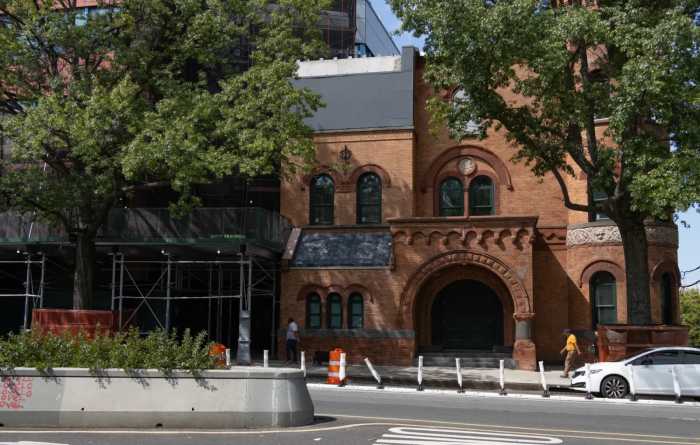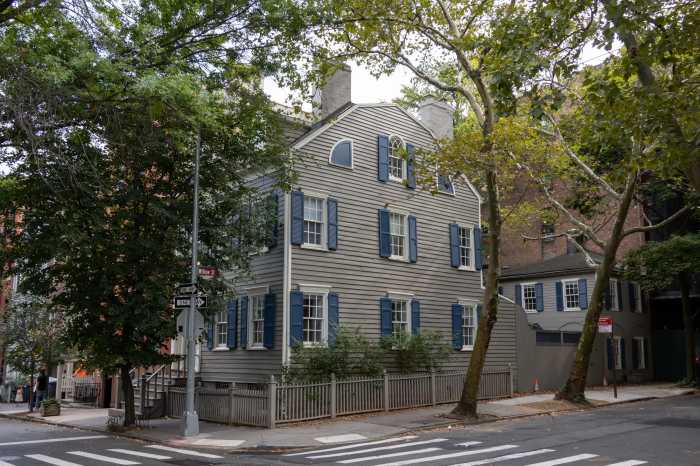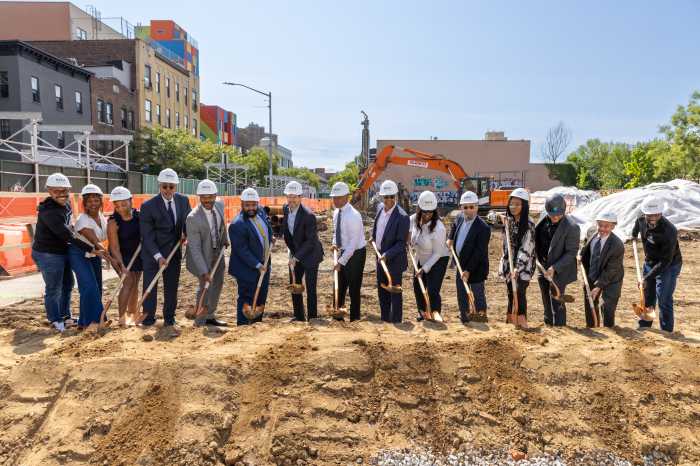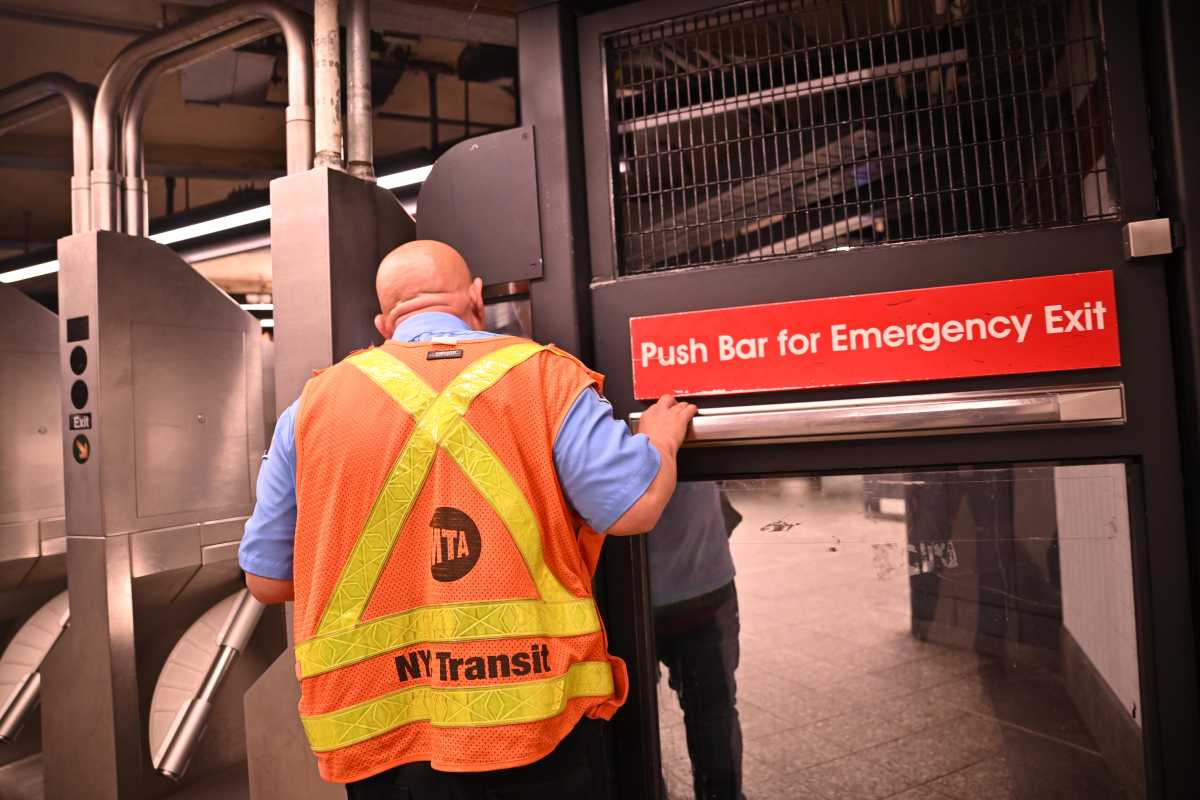Downtown Brooklyn got a few more examples this week of what can happen when government gets out of the way and lets our borough’s vibrant free market thrive.
On Monday, a large development company announced a significant deal to lease 40,000 square feet of unused retail space in a long-empty courthouse building on Adams Street. In a separate deal, the same company announced that it was bringing a 300-seat Morton’s steakhouse — a high-end rival to our own Peter Luger — to unused retail space in the Brooklyn Marriott’s annex.
Taken together, the upscale retail will turn an empty strip into a destination — and not just for Brooklyn Heights residents who have long ignored anything to the east of Borough Hall, but for all Brooklynites.
Already, the development company is talking about a Barney’s or an Apple store along what will soon be a revitalized Adams Street.
The next day, Downtown workers and residents got some more good news: two hip-hop producers had opened an International House of Pancakes franchise on Livingston Street.
While the victuals may not be to everyone’s liking, the already crowded IHOP — with its friendly staff and cheery interior — is obviously filling a gap that no government master plan had managed to solve during decades of “urban renewal” projects.
In fact, recent history has shown that the best urban renewal for Downtown Brooklyn has been a laissez-faire approach. While it doesn’t work in every circumstance, in every neighborhood, getting government out of the way has proven to be very successful Downtown.
The 2004 upzoning of the area between the Brooklyn Academy of Music and the Manhattan Bridge has resulted in a half-dozen towers already going up, with more on the way — the beginnings of a new residential neighborhood of 30,000.
The market for new housing has spoken — and developers have answered, thanks to a hands-off approach by city planners.
Ironically, those planners intended that 2004 upzoning to stimulate millions of square feet of office construction — but the market wasn’t there. Had the city decreed a master plan for office towers — like a prior generation of planners did at the dour Metrotech complex nearby — developers would right now be constructing a chain of white elephants from BAM to the bridge.
Are there problems with all this development going on Downtown? Of course. There remain serious questions about how the existing infrastructure will handle so many new residents. And we certainly do not support the use of eminent domain — another government intrusion — to tear down historic buildings.
But on balance, Downtown’s rebirth is far better off in the hands of the market than in those of the bureaucrats.
























